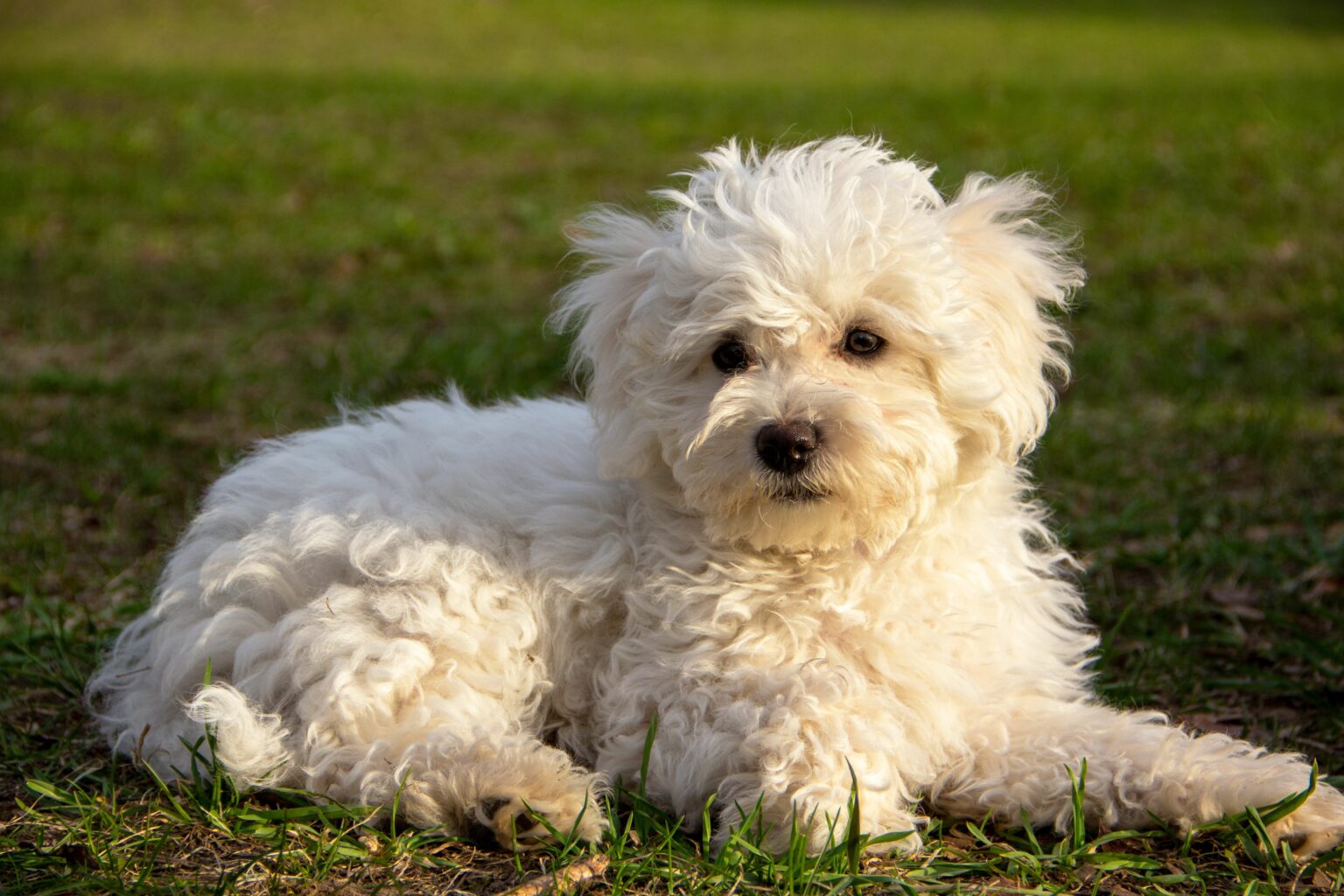Bolognese Dog Breed
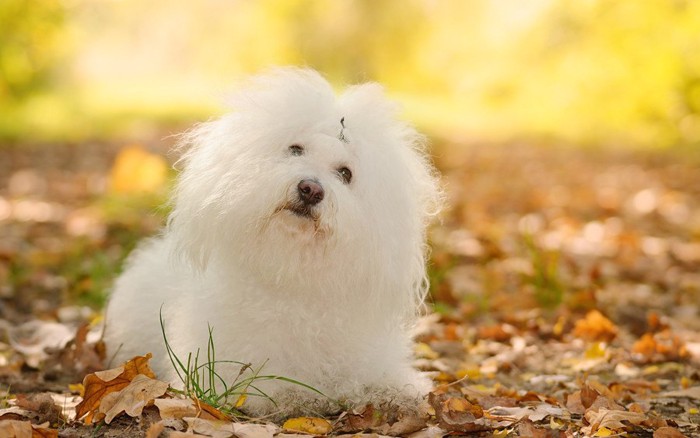
| Aspect | Details |
|---|---|
| Origin | Italy |
| Birth Era | 11th century |
| Crossbreed | No, purebred |
| Temperament | Docile, affectionate, intelligent |
| Physique | Small, 5-9 pounds, sturdy |
| Coat | Long, fluffy, cotton-like coat |
| Lifespan | 12-14 years |
The Bolognese dog, with its small stature and endearing personality, is particularly well-suited to Japanese households. This breed’s sociable and affectionate nature fits seamlessly into the family dynamic prevalent in Japan, making it an excellent choice for multi-generational homes common in the country.
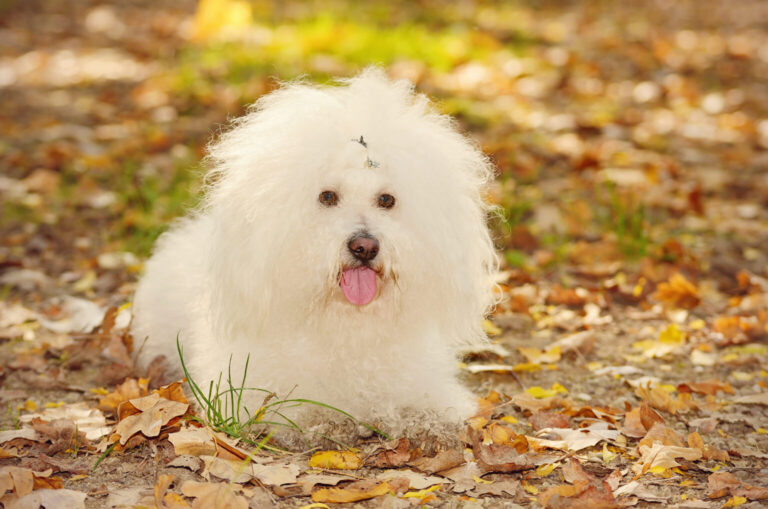
Its pure white coat appeals to the Japanese aesthetic, requiring regular grooming, which is considered a rewarding part of pet ownership in Japan. Their intelligence and eagerness to learn make training easy for Japanese owners.
Coat Color
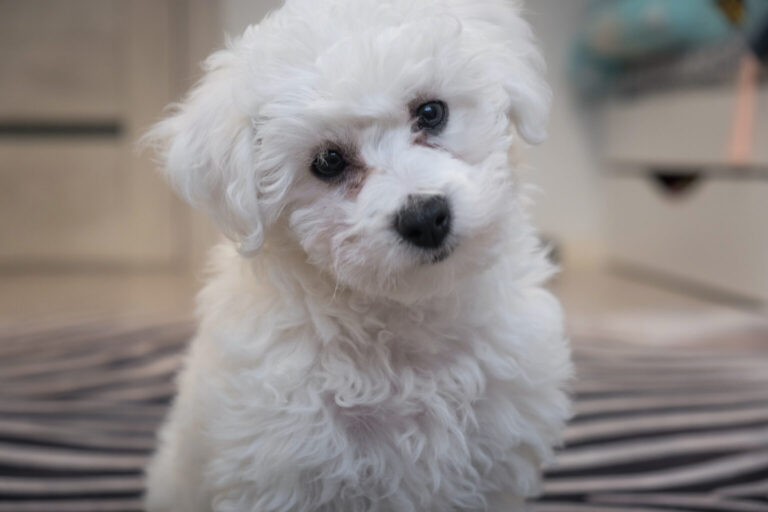
The Bolognese dog is unique in its coat color, which is exclusively a pure white, known as “Pure White.” In Japan, this singular color trait is unusual and particularly desirable, as white symbolizes cleanliness and purity, which are highly valued in Japanese culture.
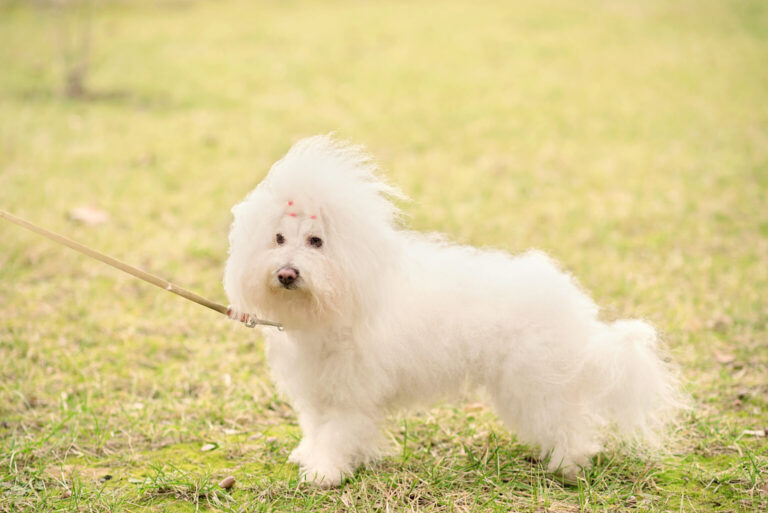
There’s a strong appreciation in Japan for simplicity yet beauty, and the Bolognese’s characteristic is especially favored among Japanese pet lovers.
Coat Type
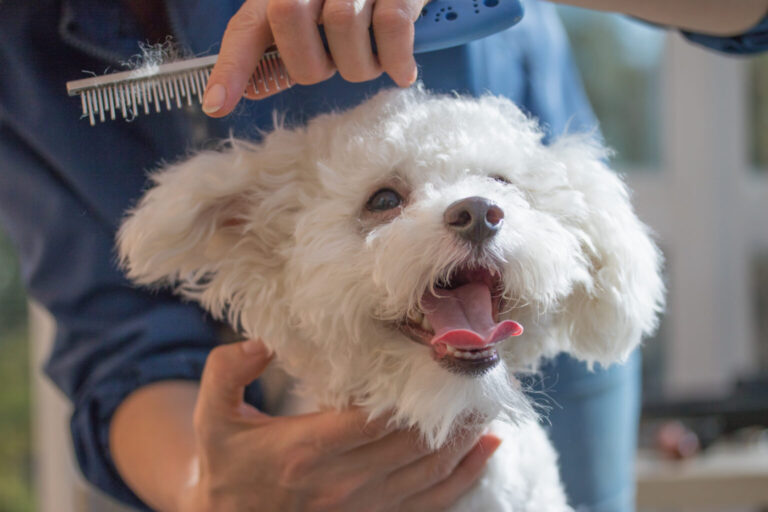
The most striking feature of the Bolognese dog is its pure white, fluffy, voluminous coat, which is a significant attraction for pet enthusiasts in Japan. Despite its appearance of having a lot of soft fur, which might lead one to assume it sheds a lot, Bolognese dogs actually have a coat that resists shedding.
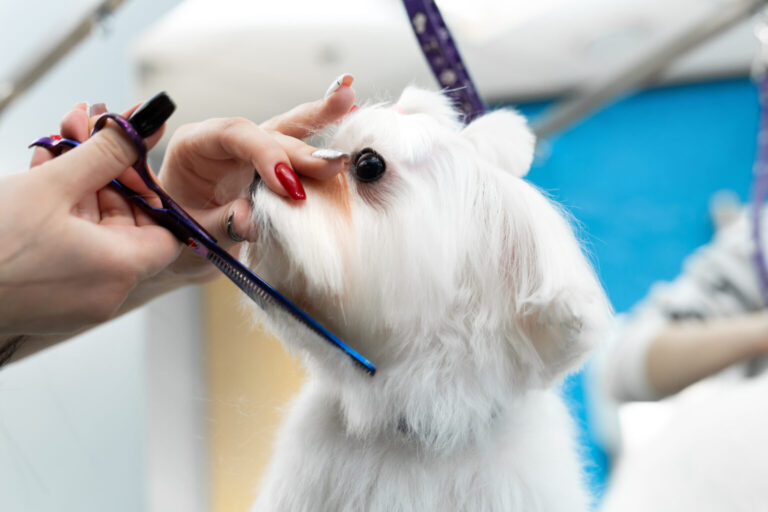
In Japan, there is a high level of awareness about pet fur management, and the Bolognese’s low-shedding trait is viewed as making it an easier breed to care for. As a result, the Bolognese, with its beautiful coat, is considered an ideal pet in many Japanese households.
Size
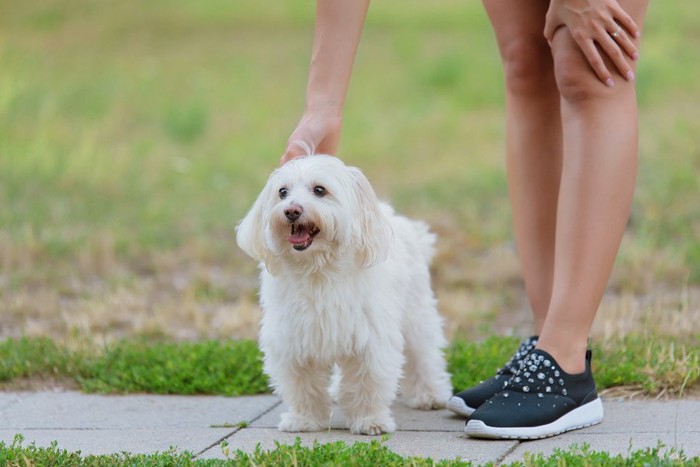
In Japan, the small size of the Bolognese breed is particularly valued. Males stand about 10.6 to 11.8 inches (27 to 30 cm) tall, and females about 9.8 to 11 inches (25 to 28 cm), making them well-suited for the compact living spaces of urban Japan, and thus, a beloved pet in many households.
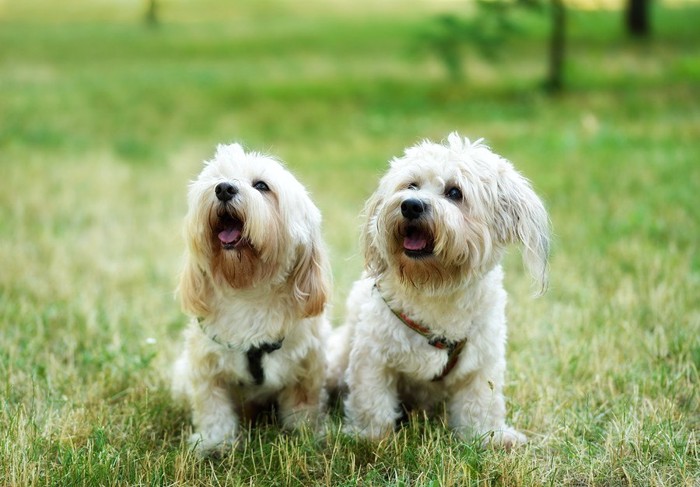
The breed’s body length is almost the same as its height, giving it a well-balanced appearance, and its slender legs add an extra touch of elegance.
Weight
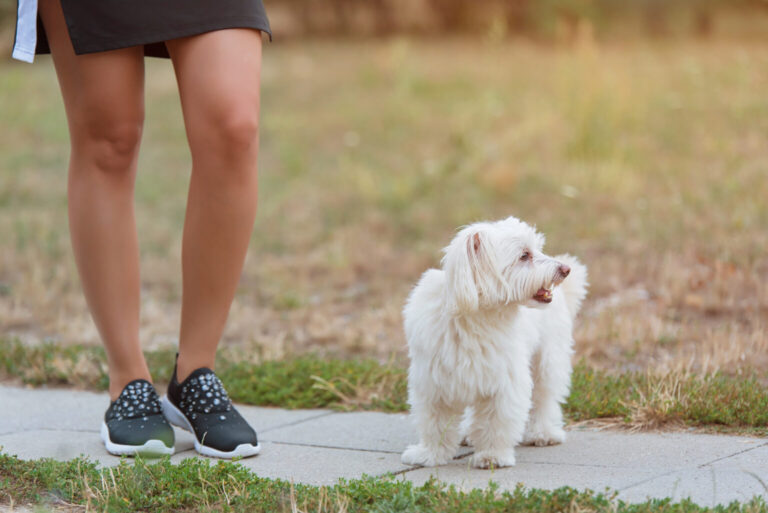
Ideal weight management for Bolognese dogs, typically ranging from about 8.8 to 13.2 pounds (4kg to 6kg), is crucial for their health and longevity. In Japan, great importance is placed on maintaining a pet’s health, with particular attention to weight management.

A balanced diet and regular exercise are essential for the health of Bolognese dogs.
Lifespan
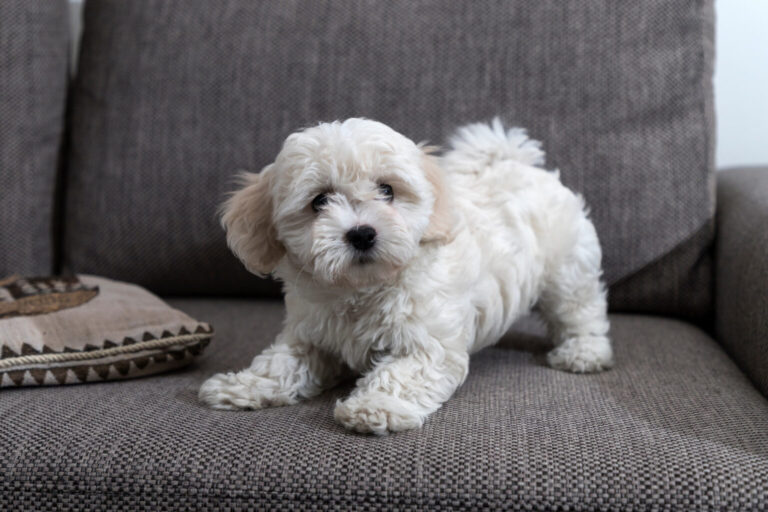
The average lifespan of Bolognese dogs is noted to be between 13 to 15 years, which aligns with the average lifespan of small breeds in Japan. In Japanese culture, pets are cherished as members of the family, and their longevity is highly valued. Remarkably, there are records of Bolognese dogs living up to 21 years, demonstrating their exceptional longevity.
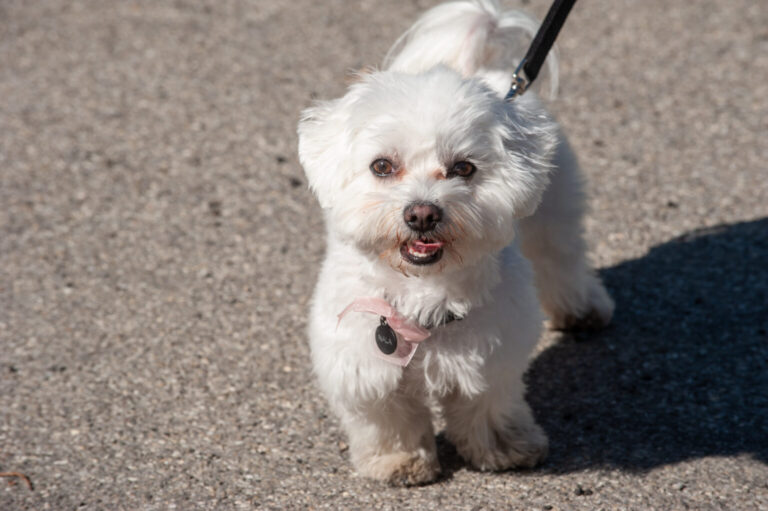
In Japan, pet owners are deeply committed to their pets’ health care, and those exceeding 20 years of age are considered rare and extraordinarily special.
Trainavility
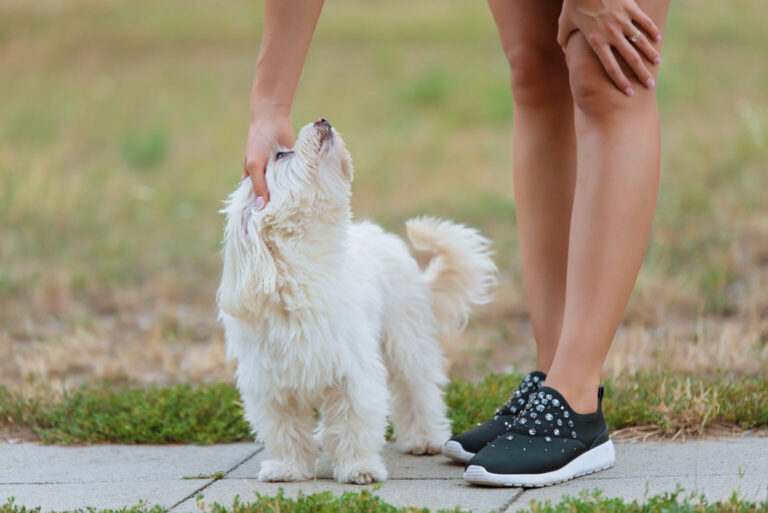
Bolognese dogs are considered average in intelligence among dog breeds, but their obedient and honest nature is highly valued in Japanese pet culture. These dogs are loyal to their owners and earnest in executing what they’re taught, a trait appreciated in Japan.
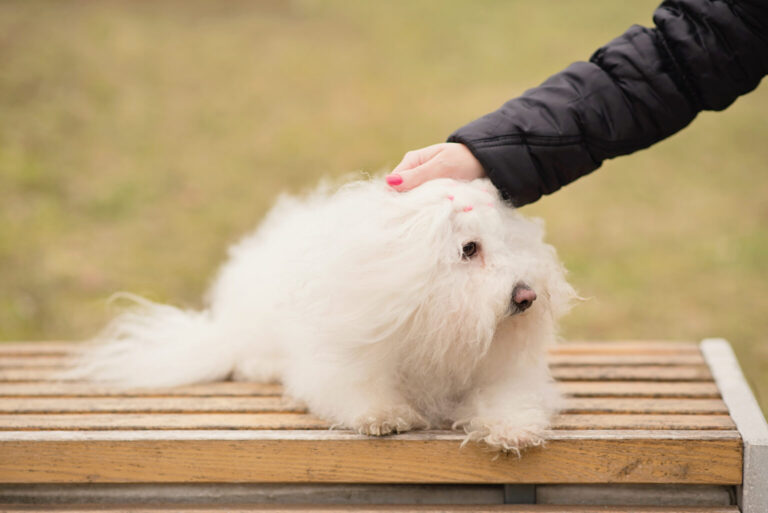
In Japan, there’s a preference for gentle and kind training approaches for pets. Bolognese dogs, being honest and sensitive, can become timid if scolded harshly, affecting their training progress. Therefore, Japanese pet owners often recommend training with positive reinforcement.
Furthermore, Bolognese dogs can become clingy and lonely once they develop a bond with their owner. While deep affection is important in Japan, it’s also crucial to avoid excessive pampering to prevent separation anxiety. This reflects the balanced approach to pet rearing prevalent in Japanese culture.
Exercise

Bolognese dogs, not requiring excessive exercise, are ideal pets for many households in Japan, where there’s a preference for small-sized pets. The Bolognese, a toy breed, is particularly popular, fitting well with the busy Japanese lifestyle. Daily walks of 15 to 30 minutes are sufficient, aligning seamlessly with the pace of life in Japan.
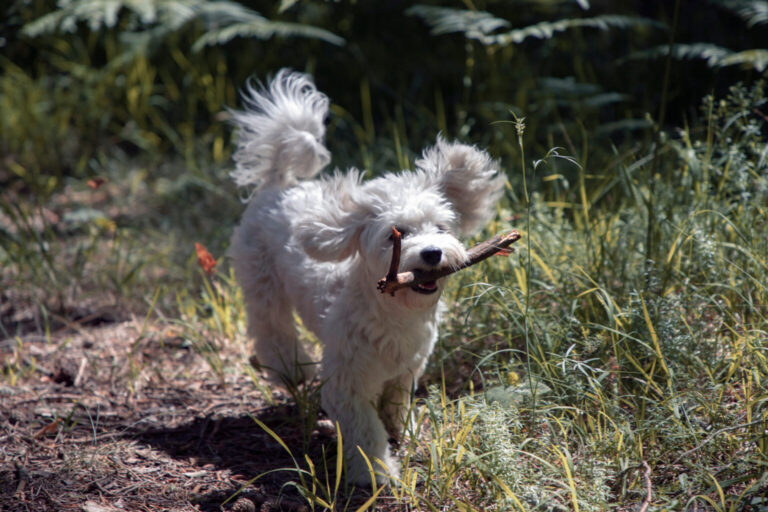
Furthermore, in Japan, where physical closeness with pets is valued, breeds like the Bolognese that enjoy playing are appreciated for indoor activities and bonding with their owners. Such interactions help alleviate lack of exercise and reduce stress. Given the culture of cherishing time spent with pets, it’s advisable for families welcoming a Bolognese to prepare both interactive toys for playtime together and solo toys, supporting the dog’s needs and the pet-loving ethos prevalent in Japan.
Feeding
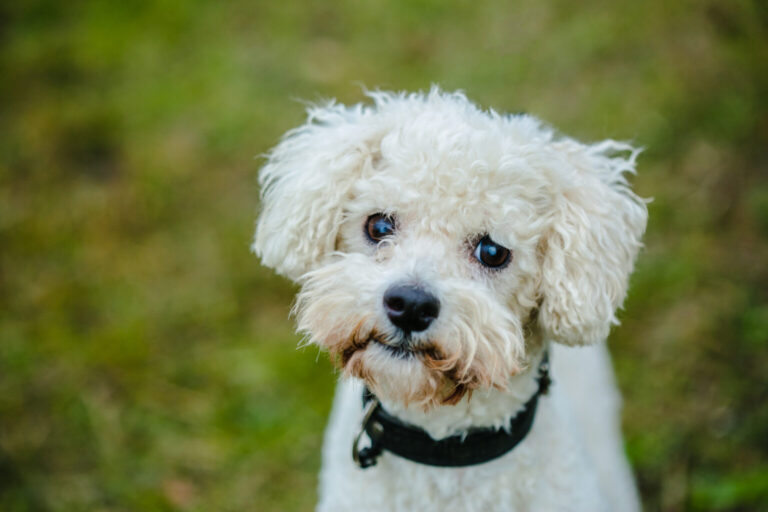
In Japan, proper feeding management is crucial for maintaining the health of Bolognese dogs. These dogs require a balanced diet with high-quality protein. In Japanese pet-rearing culture, special attention is given to preventing obesity in small breeds like the Bolognese. It’s common to divide their food into two meals a day and always provide fresh water.
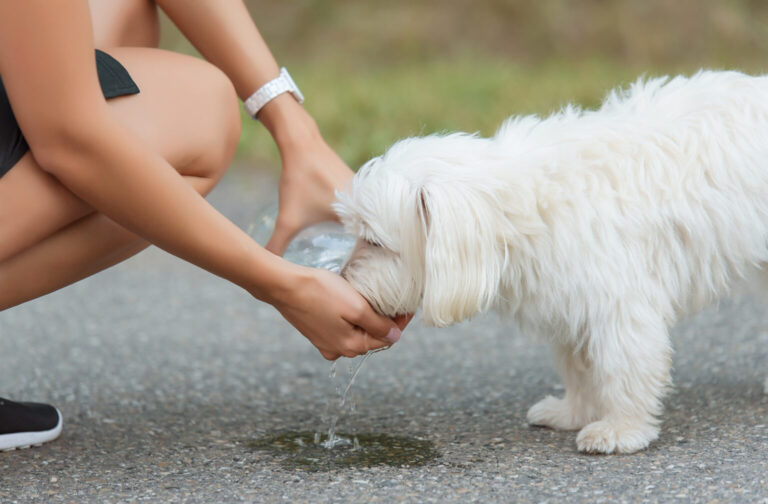
Planning meals according to the pet’s activity level, age, and health condition is a significant consideration for Japanese pet owners. Sometimes, avoiding certain ingredients is necessary to address food allergies or digestive issues. Ensuring the health and happiness of Bolognese dogs over the long term involves consulting with veterinarians to provide an appropriate diet, a practice highly valued in Japan.
Temperament
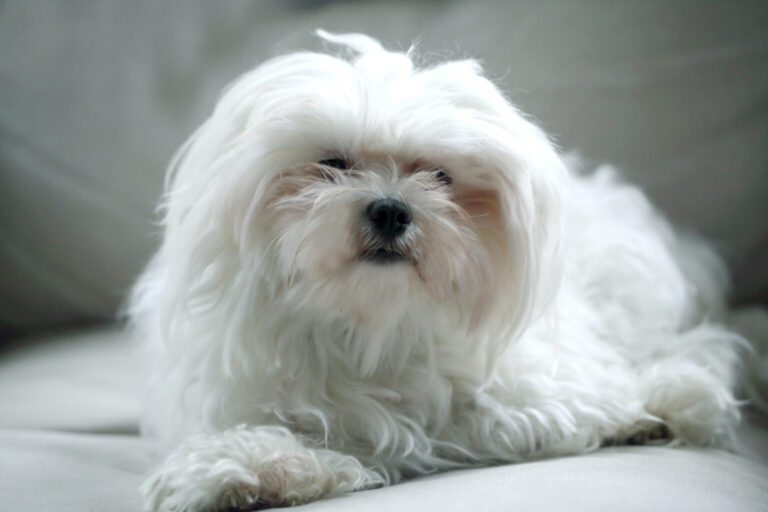
In Japan, the affectionate and friendly nature of the Bolognese dog is particularly valued. In a culture that cherishes family, a breed like the Bolognese that is approachable and gets along well with children and other pets is ideal. They are also intelligent and have a high learning capacity, making training in Japanese homes relatively straightforward. However, since Japanese households generally prefer quiet and calm environments, the Bolognese’s slight nervousness and sensitivity require careful attention. A stable environment and consistent, gentle handling are best for them.
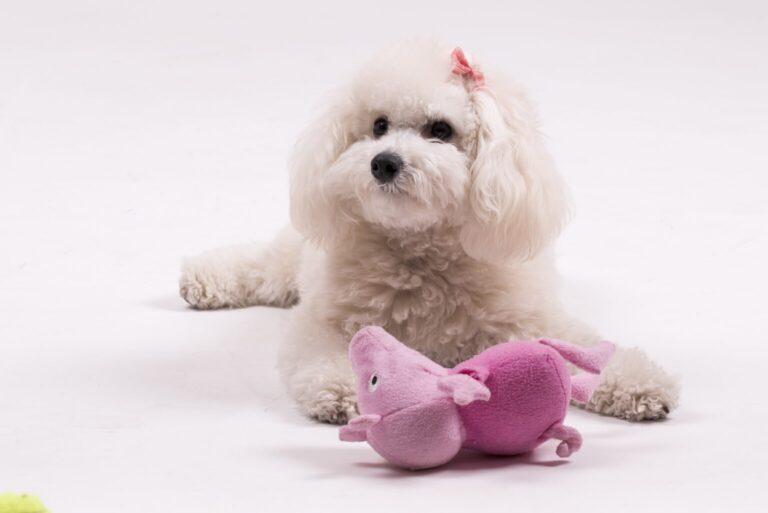
Thus, the friendly and intelligent Bolognese is an ideal companion for family life in Japan.
History
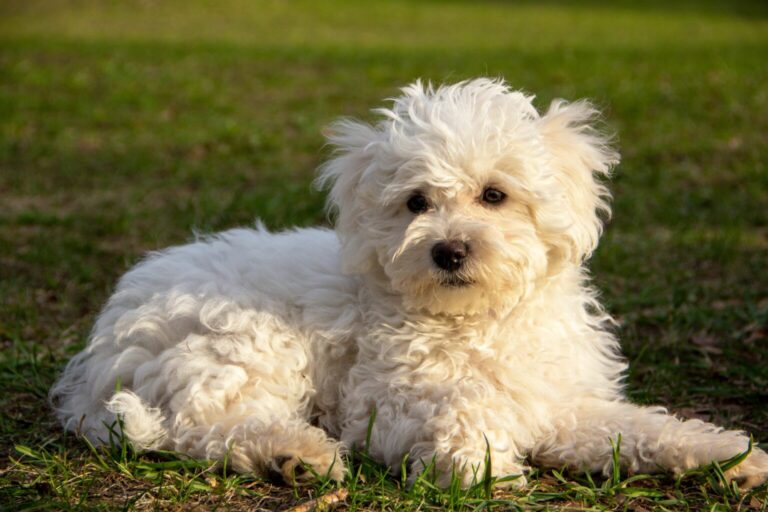
In Japan, the interest in the Bolognese dog is influenced by its rich history and cultural background. Tracing back to medieval Europe, particularly loved by the nobility and upper classes during the Italian Renaissance, the Bolognese’s adorable appearance and friendly nature are also highly regarded in Japan.
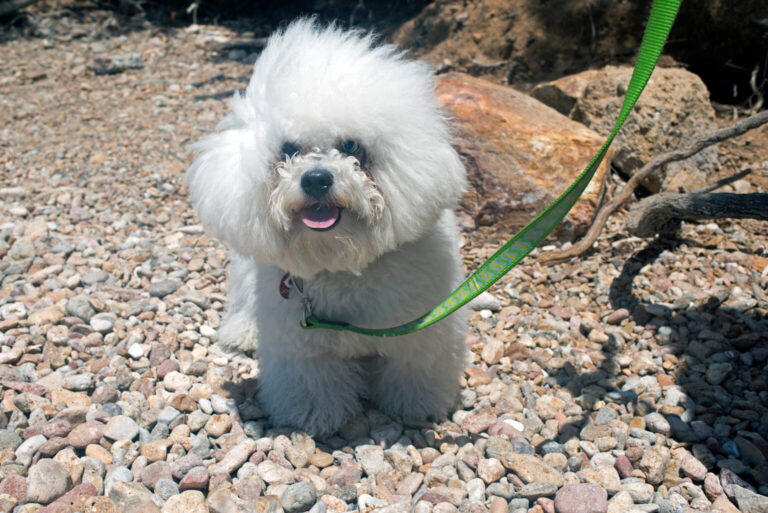
With a culture that deeply respects tradition and history, breeds like the Bolognese, with their long heritage, possess a special allure in Japan. Their beauty and elegance are considered important elements in Japanese art and culture.
Grooming
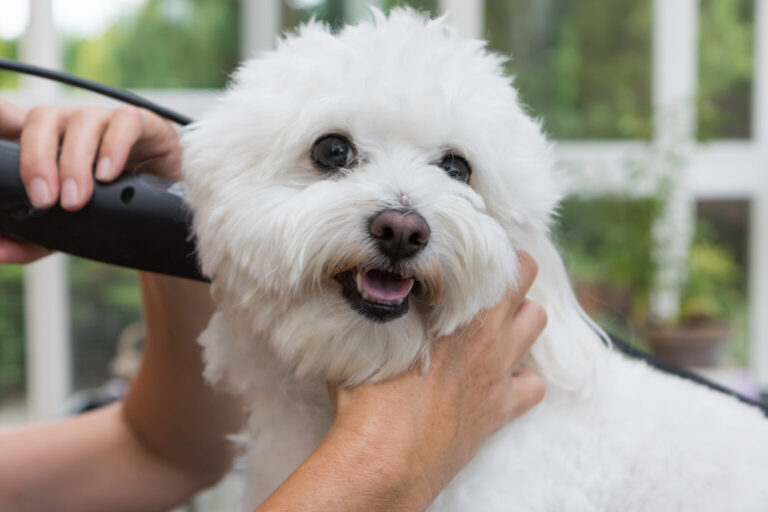
In Japan, there is a culture that places great value on maintaining the beauty and health of pets. For breeds like the Bolognese with long, soft fur, appropriate grooming is crucial. Daily brushing, seen as a fundamental care routine in Japan, prevents matting and maintains skin and fur health. Regular trimming is also essential to keep up their attractive appearance.
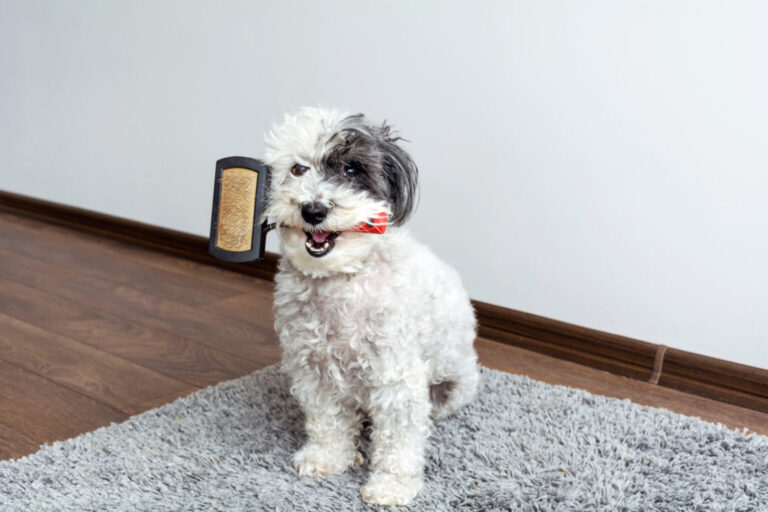
Japanese pet owners emphasize choosing particularly gentle dog shampoos for delicate fur. Shampooing once a month is suitable for maintaining the beautiful and healthy coat of a Bolognese. Thus, the Japanese culture of cherishing a pet’s beauty and health is reflected in the grooming practices for the Bolognese.
Health
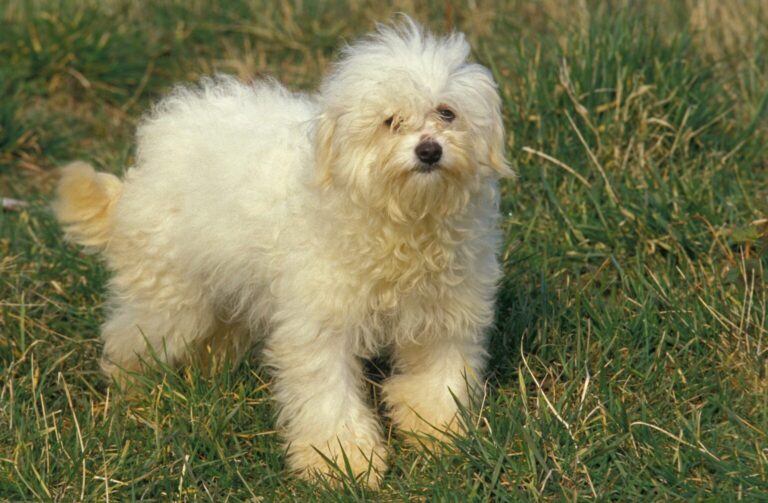
In Japan, managing the health of Bolognese dogs reflects the deep affection and sense of responsibility pet owners have towards their pets. While Bolognese are relatively healthy breeds, they are prone to genetic conditions like patellar luxation and eye diseases, which Japanese pet owners take seriously. Early detection and appropriate response through regular veterinary check-ups are highly valued in Japan. Attention to diet and environment is also crucial in managing allergies and skin problems.
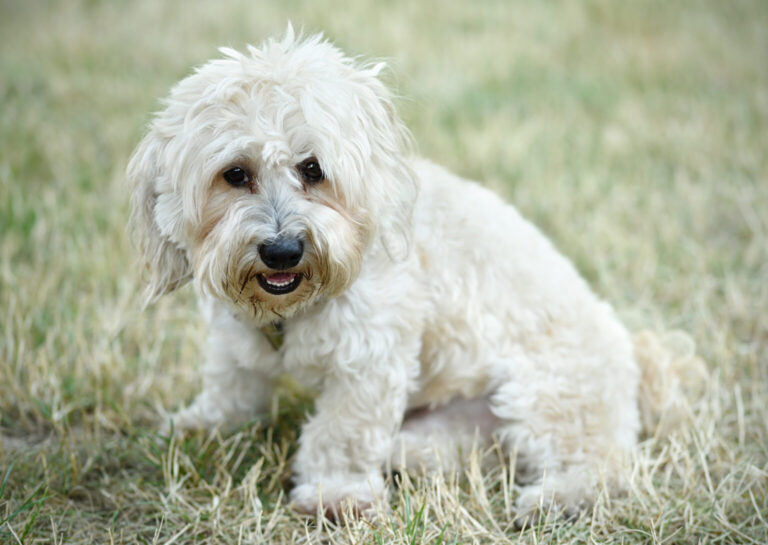
A balanced diet, regular exercise, and proper grooming are essential for maintaining the health of Bolognese in Japan. Here, paying close attention to these aspects and regularly consulting with veterinarians are key to safeguarding pet health.

